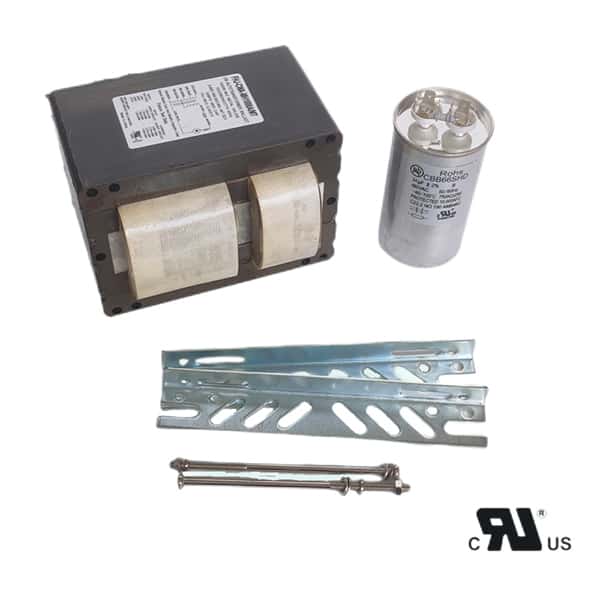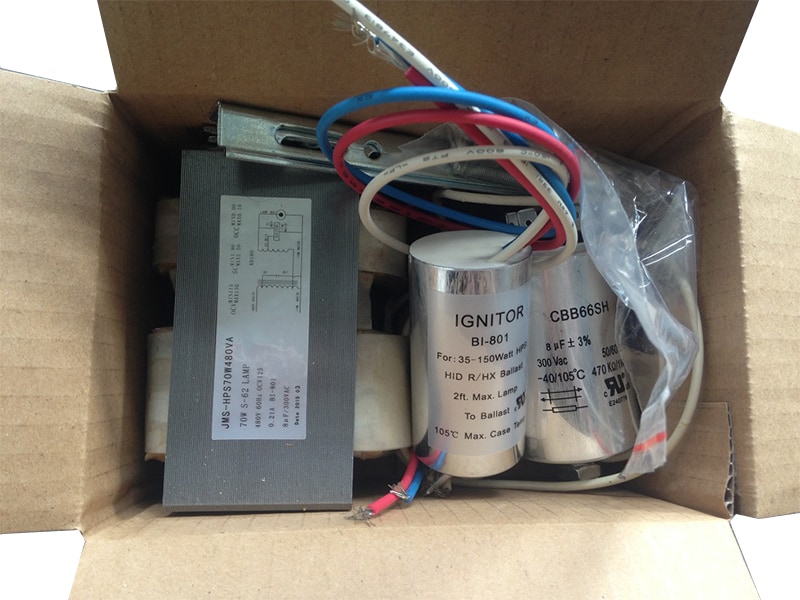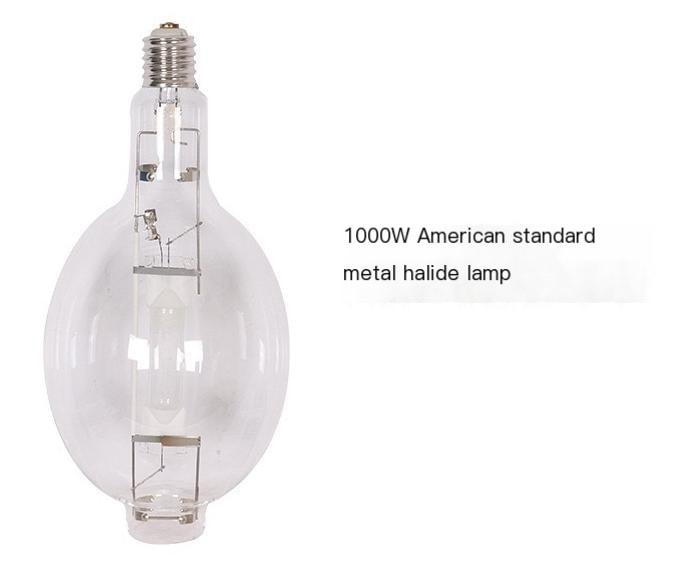Ballasts play a crucial role in lighting systems, particularly for fluorescent lamps, by regulating the voltage and current needed for proper operation. Among the various types of ballasts available, instant start and program start ballasts are two of the most common. Understanding the differences between these options can help determine the best choice for your specific lighting needs.
A lamp ballast is a device that ensures the correct operation of fluorescent lamps by controlling the electrical current and providing the necessary voltage to ignite the lamp. Without a ballast, the lamp could draw excessive current, leading to overheating and potential damage. Ballasts also help improve energy efficiency and prolong lamp life, making them a critical component in modern lighting systems.
Instant start ballasts are designed to provide a high voltage immediately to start the lamp without preheating the electrodes. This approach results in a faster start time, making them ideal for applications where quick lighting is essential. Their design is simpler and more cost-effective than other ballast types, which is why they are commonly used in commercial and industrial settings. However, the direct ignition process places significant stress on the lamp’s electrodes, which can reduce lamp life, especially in situations with frequent on-off cycles.
In contrast, program start ballasts operate by preheating the lamp electrodes before applying the starting voltage. This programmed preheating phase reduces electrode stress, significantly extending the lifespan of the lamp. Program start ballasts are particularly well-suited for applications where lights are frequently switched on and off, such as offices, schools, and areas using occupancy sensors. While they take slightly longer to start and have a higher initial cost, their benefits in terms of lamp longevity often outweigh these disadvantages.
The differences between instant start and program start ballasts can be summarized in several key areas. The primary distinction lies in their starting mechanisms: instant start ballasts use a direct high voltage, while program start ballasts preheat the electrodes before ignition. This difference directly impacts lamp life, with program start ballasts offering a longer lifespan in scenarios with frequent switching. In terms of energy efficiency, instant start ballasts are slightly more efficient because they bypass the preheating phase. Cost is another differentiator; instant start ballasts are generally less expensive, making them attractive for projects with budget constraints. Lastly, the applications of each ballast type vary, with instant start ballasts better suited for infrequent switching and program start ballasts ideal for environments with high switching frequencies.
Choosing the right ballast depends on the specific application. For settings where lights are turned on and off infrequently, such as warehouses or factories, instant start ballasts are a practical and economical choice. Their faster start time and lower cost make them a favorite for applications that prioritize simplicity and cost-efficiency. On the other hand, program start ballasts are the preferred option in areas with frequent on-off cycles, such as offices, classrooms, and restrooms equipped with motion sensors. Their ability to extend lamp life makes them a better long-term investment in these scenarios.
Instant start ballasts are commonly used in environments where lights remain on for extended periods, minimizing the impact of reduced lamp life. These include warehouses, industrial facilities, and retail stores. Their quick startup time and lower cost make them suitable for these applications, where initial investment and fast operation are key considerations.
Program start ballasts are widely used in applications where lamp longevity is a priority. They are ideal for high-traffic areas such as hospitals, schools, and offices, where lights are frequently turned on and off. They are also recommended for systems integrated with motion sensors, which often activate lights intermittently. Despite their higher upfront cost, program start ballasts offer greater value in these scenarios by reducing lamp replacement frequency and maintenance costs.
To better understand the differences, a comparison chart can be helpful.
| Feature | Instant Start | Program Start |
|---|---|---|
| Starting Mechanism | Direct high voltage | Preheating phase |
| Start Time | Fast | Slightly delayed |
| Lamp Life | Shorter (with frequent switching) | Longer (ideal for frequent switching) |
| Energy Efficiency | Slightly higher | Moderate |
| Initial Cost | Lower | Higher |
| Ideal Applications | Infrequent on-off cycles | Frequent on-off cycles |
As technology evolves, ballast designs are also advancing. The rise of LED lighting, which often incorporates its own driver systems, is gradually reducing reliance on traditional fluorescent ballasts. However, both instant start and program start ballasts remain relevant for fluorescent systems in specific applications. Innovations such as dimmable and smart ballasts are further enhancing the efficiency and adaptability of these lighting components.
In conclusion, instant start and program start ballasts each have unique strengths and are suited to different applications. Instant start ballasts excel in simplicity and cost-effectiveness, making them ideal for settings with minimal switching. Program start ballasts, with their focus on lamp longevity, are perfect for environments where frequent switching is unavoidable. By understanding your specific lighting requirements, you can choose the ballast that provides the best balance of performance, cost, and durability for your needs.



